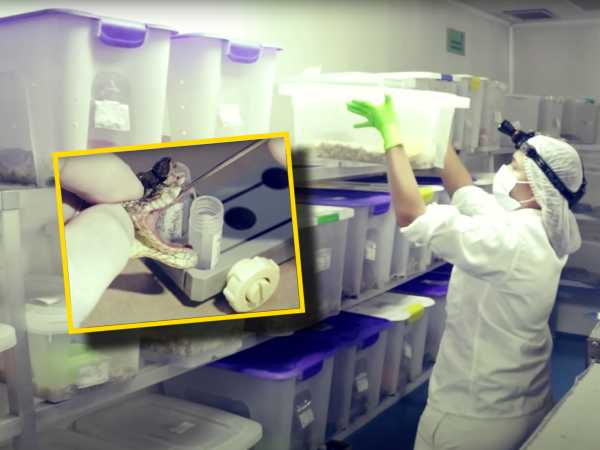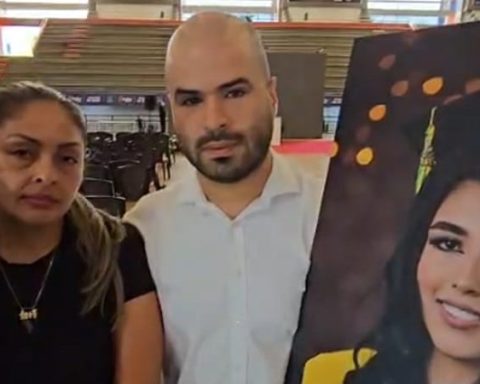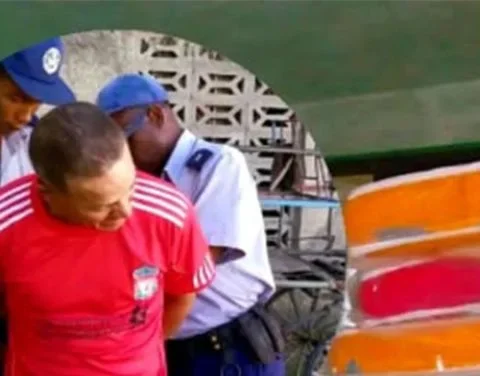The animals are kept in a serpentarium and are brought from different regions of the country.
News Colombia.
The National Institute of Health (INS) Serpentarium in Colombia plays a crucial role in the country’s public health by keeping poisonous snakes of various genera and species in captivity. These animals, from different biogeographic regions of Colombia, are essential for obtaining venoms that are used as raw material in the manufacture of antivenoms produced by the INS.
Read also:
The serpentarium facilities are equipped with an advanced ventilation system that ensures a controlled environment for the reptiles. This system dilutes polluting gases and particles, adjusts the humidity and temperature of the air, and creates pressure differentials between adjacent spaces. The constant renewal of air guarantees efficient ventilation in the enclosures where the snakes are housed, thus contributing to a healthy environment for these animals.
Venom Extraction Procedure
The venom extraction procedure is meticulous and requires careful handling of the snakes. First, the reptiles are removed from their holding areas and placed in a bag for weighing. Then, with the assistance of an INS technician, the snake is immobilized and held by the head to facilitate venom extraction.



Once the snake’s mouth is opened, the venom is carefully extracted and placed in a container. The animal is then returned to its safe area. The extracted toxin is kept cold to maintain its effectiveness. This procedure is repeated with different species of snakes as needed.
They contribute to public health by producing antivenoms
The INS constantly monitors the environmental and health conditions in the snake farm. Rigorous biological management is carried out and medical-veterinary care is provided through regular health monitoring. These practices ensure the well-being and health of the animals, which in turn contribute to public health through the production of antivenins, the only effective treatment for snakebite accidents in the country.
«The snake collections we carry out must be within our territory. We give talks in the regional autonomous corporations, we capture snakes in the field and we transfer them to our serpentarium according to the needs of the country and our venom production. We must explore snakes of other genera, species and localities to verify if the antidotes produced in the country also cover against these less common, but potentially dangerous species,» explained the National Institute of Health.
The work of the INS Serpentarium is not only vital for the manufacture of antivenoms, but also plays an essential role in the research and development of treatments against snake bites in Colombia.
Here is the video from the National Institute of Health:
You can also read:















